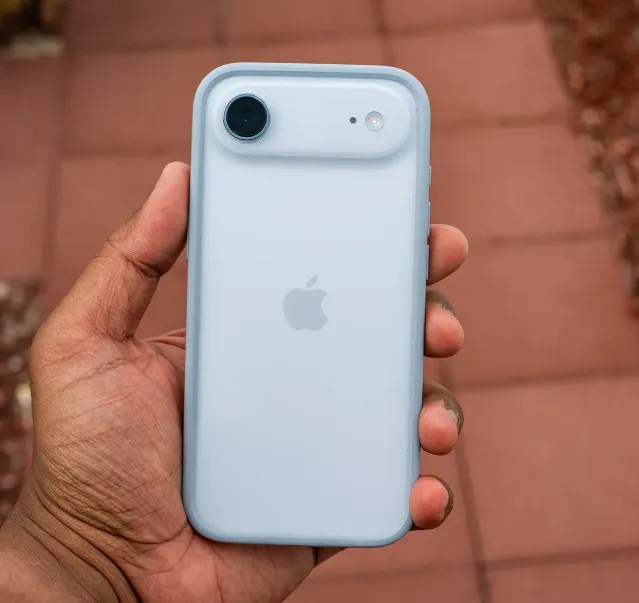Apple has finally broken away from its recent cycle of familiar designs with the introduction of the iPhone Air. The new model delivers a remarkably slim profile, showcasing Apple’s continued emphasis on aesthetics and premium build quality. As expected, the design has turned heads, but early feedback makes it clear that the phone is not built with heavy users in mind.
The ultra-thin form factor naturally comes with trade-offs, and the most noticeable compromise is battery performance. Compared to today’s flagship smartphones, the iPhone Air houses a noticeably smaller battery, which struggles to keep up during intensive use. For those accustomed to all-day power from bulkier devices, this limitation could be frustrating.
Apple isn’t the first to chase thinness at the expense of longevity. Nearly a decade ago, Motorola released the Moto Z, a slim handset with modular add-ons ranging from extra batteries to stylish back covers. While innovative, it failed to achieve mass popularity. In contrast, Apple’s reputation and brand loyalty mean the iPhone Air will likely find an audience, even with its shortcomings.
Samsung and other competitors also experiment with slim and futuristic designs, but none match the prestige or desirability of Apple’s offerings. For many buyers, the sheer appeal of owning the thinnest iPhone yet may outweigh concerns over shorter battery life.
Looking ahead, Apple’s best opportunity to address this issue lies in next-generation battery technology. Silicon carbide batteries, which promise higher capacity without increasing size, could allow future versions of the iPhone Air to maintain their sleek design while improving endurance. Until then, accessories like external battery packs remain a workaround—but at the cost of undermining the phone’s elegant thinness.
Ultimately, the iPhone Air is best suited for light to moderate users who prioritize design over long-lasting performance. For those who demand heavy daily usage without frequent charging, this isn’t the device to rely on.
